Flora and fauna
English oak and Turkey oak (introduced from Turkey in 1735) are both planted in the spinneys. Turkey oak has a 'mossy' acorn cup, deeply grooved bark and long, narrow leaves.
The most common species after oak are beech, sycamore, ash and sweet chestnut, of which there are some fine specimens over 200 years old. There are over 800 beech - their leaves turn golden-bronze in autumn making the avenue a spectacular sight. The red-brown nuts mature in October and are known as 'mast'.
Elder, hazel, hawthorn and holly provide fruits for birds - holly berries are enjoyed by thrushes, starlings and wood pigeons. Holly can be found in large amounts in places - its small white flowers with their four waxy petals appear in May. Rhododendron was planted in the Gibbet Hill area in 1949 - its purple flowers (often tinged pink) open in June.
Cuckoo pint (also called wild arum or lords and ladies) is evident around the spinneys. It has arrow-shaped leaves (often purple spotted) and a stem which when mature unfurls to resemble a monks cowl. Inside is a purplish spike with flowers at its base from which red berries develop.
Grey squirrels and rabbits live in the spinneys. There are so many squirrels that they have become a nuisance. There have also been reports of foxes and Muntjac deer in some areas.
Just past Gibbet Hill, high in the oak canopy, is a rookery. In the cull of 1951 two birds per nest were killed as they were considered harmful to the Agricultural Expansion Programme.

